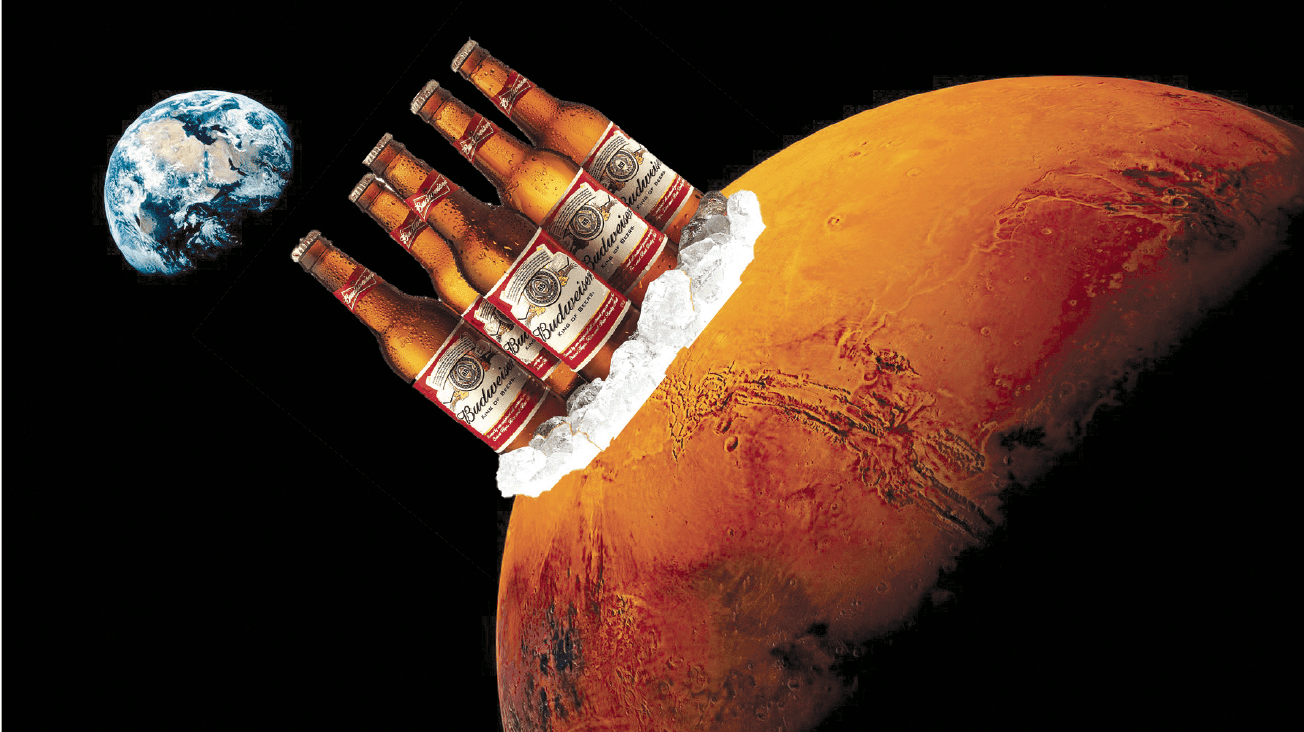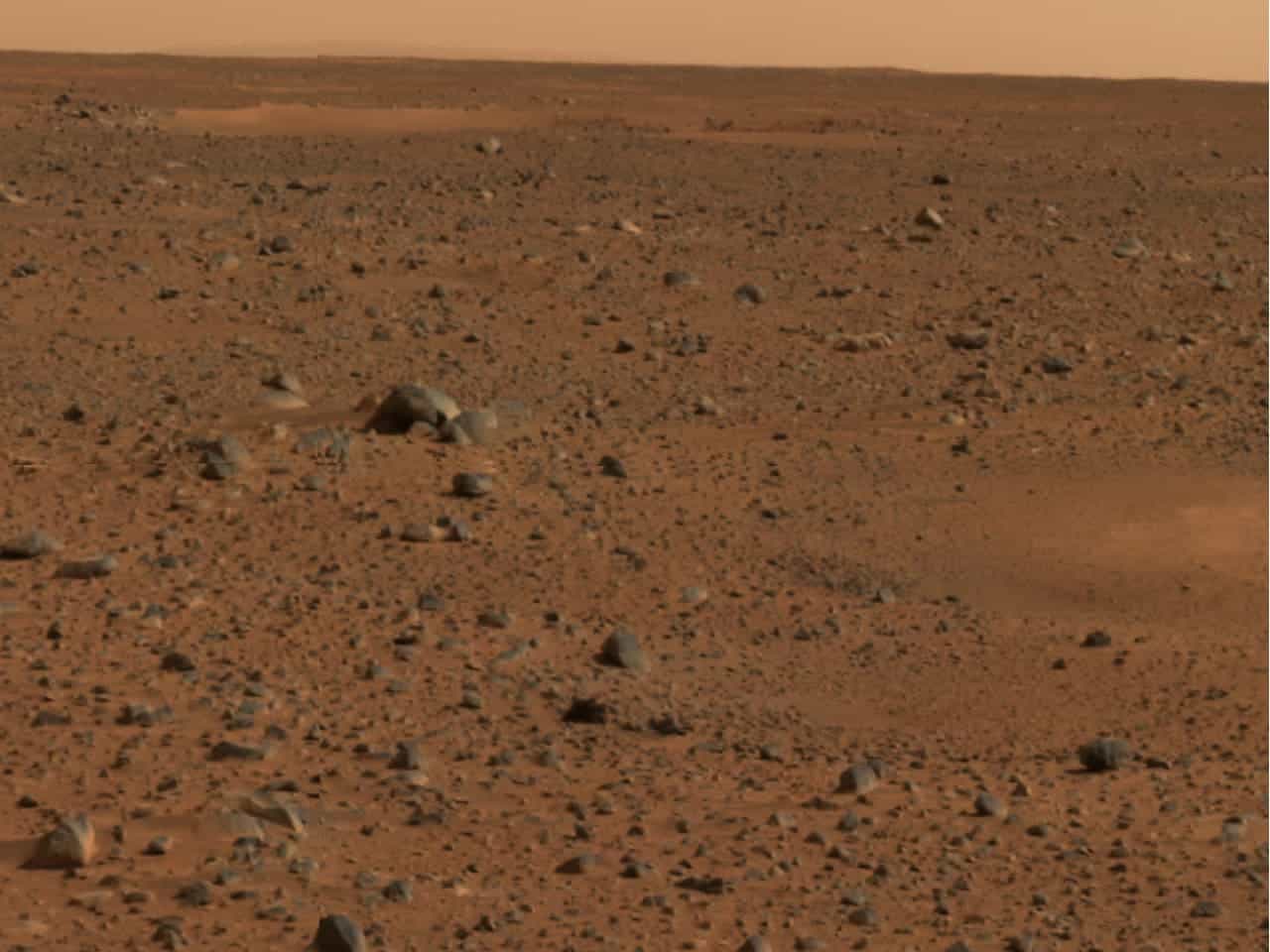You can’t breathe the Martian air but at least you can grow some hops — the indispensable ingredient that gives beer its uncanny sharp and sour taste. That’s according to the results of a science experiment performed by students at Villanova University. Suddenly, life on a barren rock millions of miles away from home doesn’t seem all that bad.

The students were challenged by Edward Guinan, a professor of astronomy and astrophysics at Villanova University, to grow various kinds of food in Mars-like conditions. Some students attempted to grow crops such as soybeans, potatoes — which, previously, other researchers successfully grew à la The Martian — or kale.
Others who felt more adventurous asked if they could grow marijuana, an offer which was quickly dismissed by Guinan. Instead, these enterprising students singled out hops, which come from the same plant family as cannabis, as their Martian crop of choice.
The students worked on a small patchwork inside a greenhouse covered by mesh screen that reduced sunlight to mimic Mars’ greater distance from the sun. The soil in which the plants grew was designed to mimic Martian conditions as closely as possible, based on readings taken by the Phoenix Mars lander and samples recreated on Earth. Mars soil is alkaline, for instance, with a pH of 8 to 9, compared to a pH of 6 to 7 on Earth.
Hops are a cone-shaped flower that can grow in dense, dry, and often inhospitable soil, such as that found on Mars. Indeed, the students supervised by Guinan grew hops without difficulties in Mars-like conditions.
That definitely sounds like a great news for upcoming Martian colonists. But before they can make any beer, they’ll have to figure out solutions to some other problems.

For one, the Martian soil contains perchlorates, which are poisonous and can cause thyroid problems. It’s possible to rinse out the perchlorates, which are soluble in water, or eat them away with specialized bacteria. Additionally, to brew beer, you also need water, which is mostly confined to the poles and other frigid locations on Mars where extraction is very difficult.
The really good news is that almost all the plants the students tried managed to grow to adulthood, as reported by Guinan at the American Astronomical Society in Washington, D.C. The most performing plant was mesclun, a mix of small salad greens.
Next, some of the students plan on growing barley to go with those hops. Meanwhile, AB InBev, an American brewery, has sent malting barley seeds to the International Space Station to see how the crop fairs in microgravity. Interplanetary craft beer, here we go!






